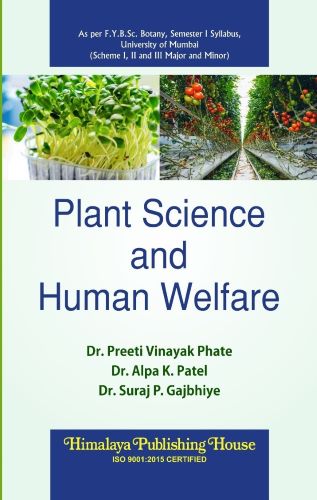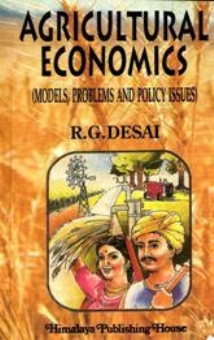We are truly grateful for the overwhelming response and appreciation received from readers for our first F.Y.B.Sc. textbook, Cytogenetics, Ecology, and Environmental Conservation.
With great enthusiasm, we are pleased to introduce our second book, Plant Science and Human Welfare. This textbook is designed to support F.Y.B.Sc. Botany students of Semester I across all schemes under the NEP 2020, University of Mumbai.
This book offers a refreshing blend of fundamental botanical knowledge and its applications in real-world contexts, making the study of plants both informative and engaging.
The content of the book is aligned with the curriculum for the course “Plant Science and Human Welfare” and is divided into two well-structured modules. The first module, Plant Science, covers plant classification, unique botanical phenomena, plant behaviour, and their aesthetic and traditional significance. The second module, Plants in Human Welfare, explores how plants serve humanity as food, medicine, cultural artifacts, and the foundation for future agricultural innovations like hydroponics and vertical farming.
Contents –
Module 1: Plant Science
1. Biodiversity and Significance of Plants
1.1.1. General Classification of Plants.
1.1.2. Various Plants Types: Herb, Shrub, Tree, Climbers, Creepers.
1.1.3. Botanical Marvels: Pitcher Plant (Nepenthes), Sun Dew (Drosera), Touchme-not (Mimosa), Rafflesia, Cuscuta
2. Interesting Facts about Plants
1.2.1. Do Plants Talk? (Communication in Plants)
1.2.2. Plant Movements (Example – Flower, Tendrils Etc.)
1.2.3. Plant Defense and Mimicry.
3. Aesthetic and Traditional Aspects of Plants
1.3.1. Aesthetic Botany: Concept, Significance
1.3.2. Gardens and Landscapes (Indoor Gardening, Terrace and Gallery Gardening)
1.3.3. Traditional Practices involving Plants (Example – Banana Leaves, Coconut, Rice Etc.)
Module 2: Plants in Human Welfare
1. Plants as Food:
2.1.1. Plants as Food (Root, Stem, Leaves, Tuber, Corm, Flower, Rhizome, Fruit, Seed used as Food with One Example)
2.1.2. Microgreens (Fenugreek, Wheatgrass Etc.) 2.1.3. Plant derived Beverages (Tea, Coffee and Squash)
2. Plants in Daily Life
2.2.1. Plants used for Cosmetics, Perfumes, Ecofriendly Colours, Fabrics, Soap, Shampoo, Toothpaste.
2.2.2. Plants used in Sports and Musical Instruments, Building Infrastructure, Furniture, Writing- Drawing.
2.2.3. Importance of Medicinal Plants – Amla, Brahmi, Chakramuni (Multivitamin Plant) and Stevia (Madhuparni).
3. Next Generation Plant Cultivation
2.3.1. Hydroponics and Aeroponics
2.3.2. Vertical Gardening
2.3.3. Spirulina Farming
Question Bank







